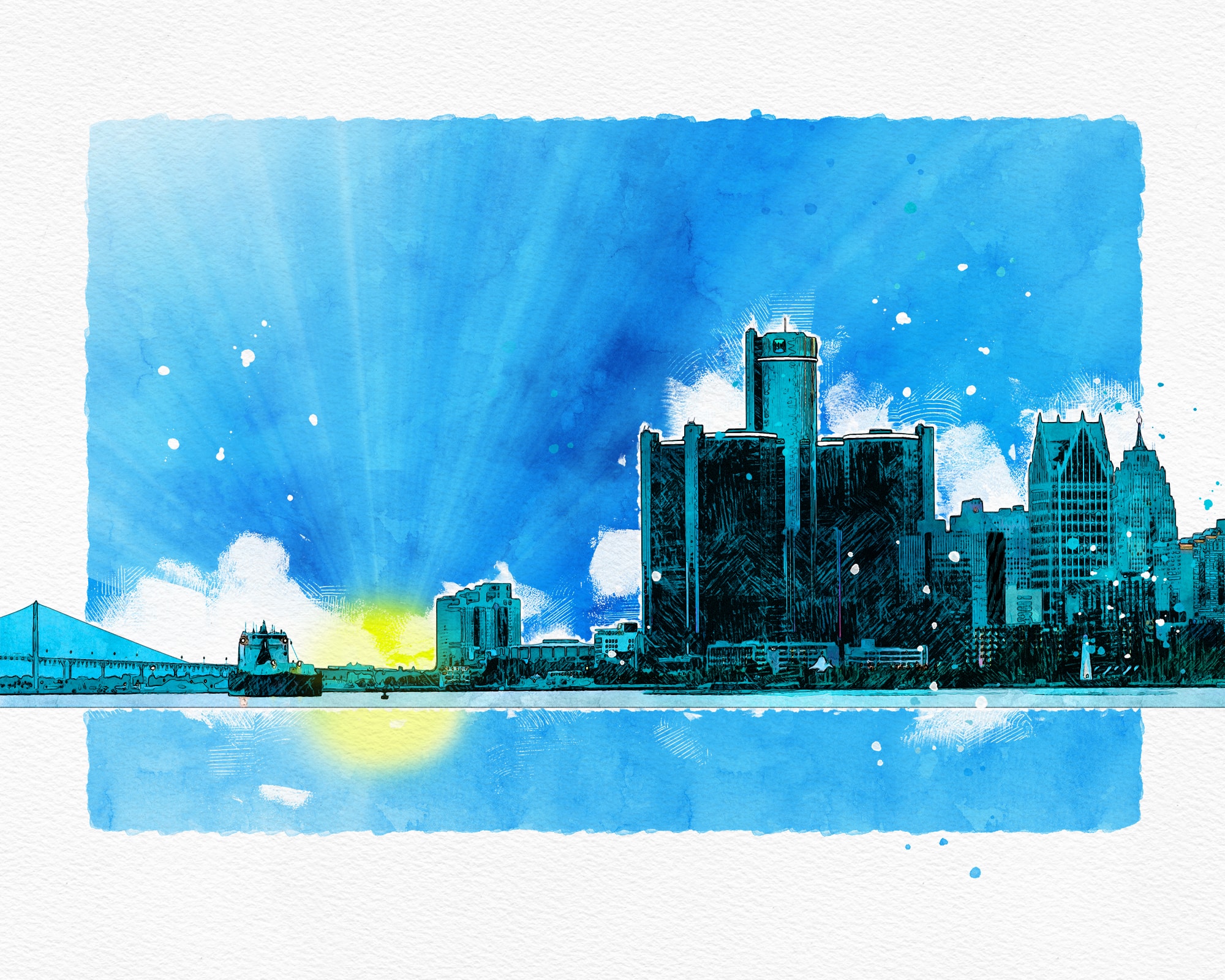
*You can always find past Michigan Climate News stories and subscribe to new ones on Bulletin, and you can keep up with us on Instagram, Facebook, and Twitter! Got an idea for a Michigan climate story? Pitch us here.*
BY NINA IGNACZAK
We’re now past the autumnal equinox, the days are growing shorter than the nights, and temps, while still warm (writing this on a lovely 70-degree afternoon) are not likely to reach scorcher levels for some time now. Farewell, humidity.
October is typically a mild month in Michigan, with daily high temperatures ranging from 67°F to 55°F and daily lows temperatures between 51°F to 41°F. We don’t typically see temps in below freezing or higher than 78°F.
 |
But that fall-like weather will likely take a little longer to settle in this year. Weather forecasts in Michigan call for a 70 to 85% chance warmer-than-normal temps over the next few weeks, in keeping with scientists’ predictions that climate change will extend Michigan’s growing season. And while that longer stretch of warm weather could be a boon to agriculture, it may extend your allergy season — and it may also contribute to a shorter ice season with less ice coverage on the Great Lakes.
Worst of all: The wet weather of climate change may make it harder to successfully grow pumpkins.
Early springs have been well-documented, but predicting the onset of fall has been more complex for climatologists. The impact of a warming world on autumn is not well understood — it’s the “neglected season” of climate change.
“Fall has always been like, spin the wheel and see what you get,” Christy Rollinson, a forest ecologist with the Morton Arboretum in Illinois, told Inside Climate News.
One study found that temperate tree species exposed to double today’s atmospheric CO2 levels could see leaves fall a week or so earlier than they do today. The researchers hypothesized that the phenomenon could be due to higher CO2 levels, temperatures, and light increasing trees’ metabolic rate during spring and summer, forcing them to die off sooner.
This finding has implications for trees’ capacity to store carbon in a warming world — scientists had thought longer growing seasons would mean more stored carbon in tree leaves. But if the study’s findings are correct, it would “substantially lower our expectations of the extent to which longer growing seasons will increase seasonal carbon uptake in forests,” according to the authors.
Climate change may make fall colors brighter. But a dry summer could make leaves drop sooner. Birds may fly south later, and their ranges may extend northward. It may increase the reproduction and survival of deer (but drive down moose populations). While that could be a boon for fall deer hunters, warmer temps might also increase disease within those populations.
And early springs punctuated by freezes could damage fall apple crops as they did this year in Michigan, driving up the cost of your cider mill trip.
For now, the time is getting nigh to see that fall foliage — Michigan’s Upper Peninsula is predicted to peak in the first week of October, Southeastern Michigan should peak around Oct. 11. Enjoy the show!
What changes do you see in your area? Send me an email and let me know.
What questions do you have about the environment and climate change in Michigan? Please let us know by reaching out to me at nina@planetdetroit.org. NOTE: Please don’t reply to this email, it will go into a digital netherworld, never to be seen again. We hope that changes soon!

